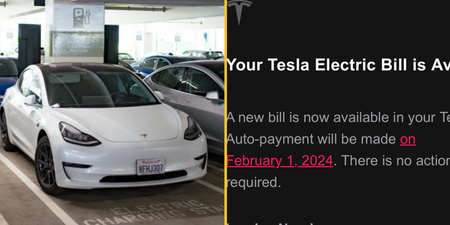Wholesale gas prices are noted as the reason for the increase
Millions of households will see their energy bills rise to an average of £1,971 a year after Ofgem increased its cap by £693 on Thursday.
The 54 per cent increase will take effect in April and be followed by a 12 per cent rise in October, and impact 22 million customers across England, Wales, and Scotland.
Ofgem notes that the surge in wholesale gas prices has driven the increase, given that it’s currently four times higher than last year.
Read more: Energy bills: Why are your bills rising so sharply and what can you do about it?
For prepayment customers, their price cap will rise by £708 to £2,107.
The rise in prices will hit the lowest incomes the hardest, says Dr David Deller from the University of East Anglia. Research from the Centre for Competition Policy indicates that low-income households spend a higher percentage of their total expenditure on energy than other households, reports the BBC.
“This means energy bills are far more prominent to them and, more importantly, they are more likely to face difficult choices regarding whether to reduce their energy consumption or cut back on other spending,” Deller said.
The doctor believes that energy affordability difficulties will reach levels last seen in 2013, or perhaps even in the late 1980s.
The announcement comes as National Insurance is also set to increase in April.
The Bank of England on Thursday also increased its interest rates from 0.25 per cent to 0.5, stating that inflation is set to hit the highest point in thirty years.
Measured by the consumer prices index (CPI), inflation is set to peak at 7.25 per cent in April, and average close to 6 per cent in 2022.
What is the energy price cap?
The cap sets the maximum figure that can be charged to consumers on a viable dual0fuel rate. It’s worked out via the typical usage of gas and electricity over a six-month period.
The cap was first introduced in 2019 and is calculated using a number of factors including the wholesale cost of fuel over said six month period.
- Every household in the UK could be given £200 towards bills
- Martin Lewis issues urgent advice for households ahead of energy price hike
- Millions could get one-off cash payment to ease cost of living crisis











































